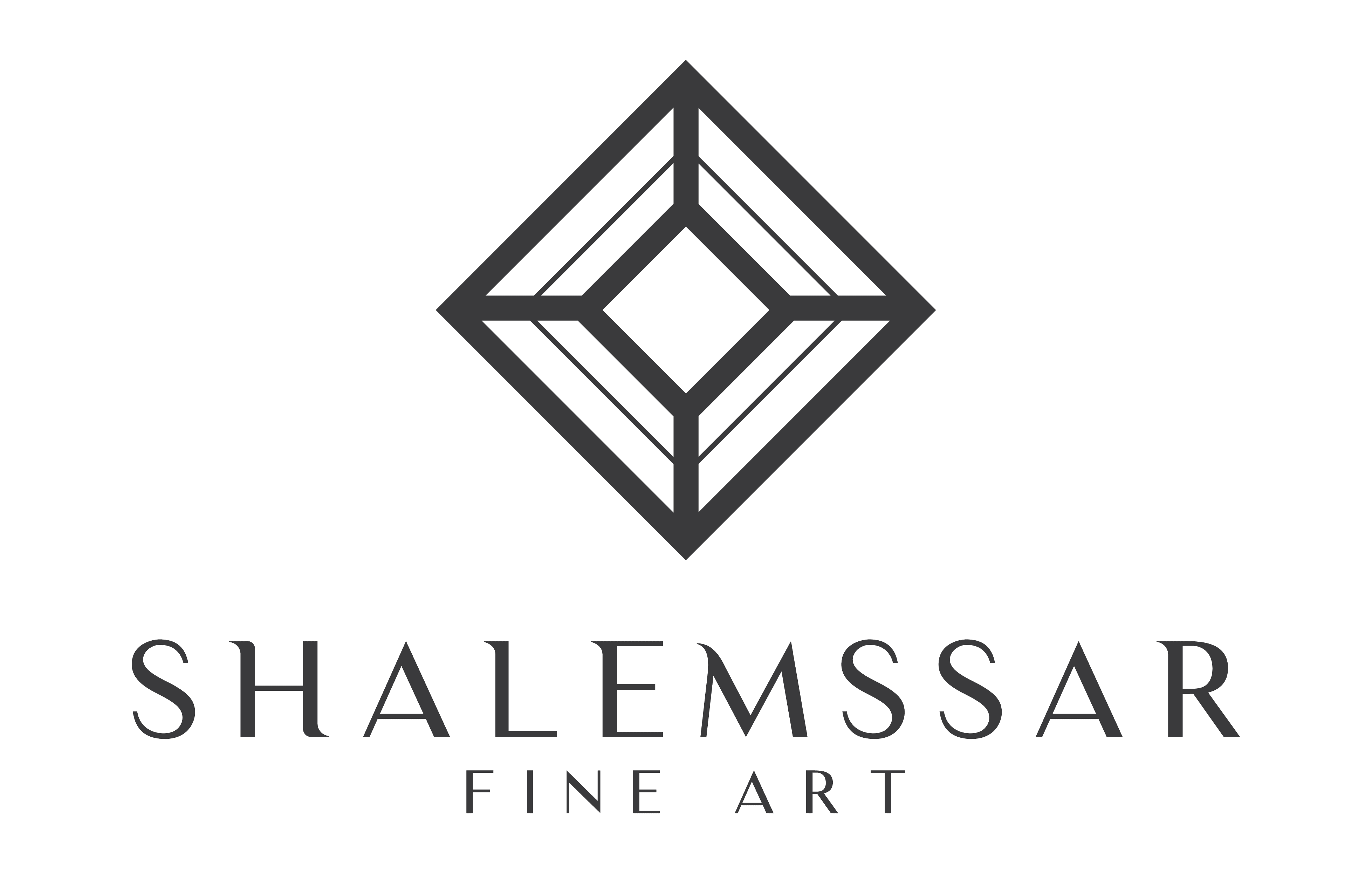
Sanyu
Sanyu first attended the Shanghai Art Academy, and went to Japan in 1919. The following year, he went to France among China’s very first batch of oversea students under the sponsorship of the Chinese government. After he finished school, Sanyu remained in Paris, where he engaged in figure drawing at the Grande Chaumière. Beginning in 1925, Sanyu showed his work regularly at the Paris Salons and local galleries. In his early 30s, Sanyu garnered recognition for his copperplate prints in Les Poèmes de T'ao Ts'ien (or The Poems of T'ao Ts'ien), and gradually established his status among France’s major contemporary artists. His restrained approach to painting imbued with a rich Oriental flavor caught the attention of renowned Paris art collector Henri-Pierre Roché, and received praise from his contemporaries. Since he passed away in Paris in 1966, the National Museum of History in Taipei has held six retrospectives of Sanyu (respectively in 1978, 1984, 1990, 1995, 2001, and 2017). In 2004, the Guimet Museum of Asian Art in France held the exhibition Sanyu: L'écriture du corps: Language of the Body.
Marrying the qualities of Chinese literati painting and Western modern art, Sanyu developed a unique style of expression. In the days when he first arrived in Paris, Sanyu was intoxicated by the romantic milieu of the exotic city, which inspired his basic palette of pink, white, and black, lending his work a clean elegance rendered by joyous calligraphic lines. However, with the onset of World War II and the decline of his family’s financial fortunes, the levity evident in his earlier body of work disappeared. And although his characteristic aloofness remained, his work eventually took on a touch of gloom. Later, Sanyu found additional inspiration in lacquerware, injecting healthy doses of folk art into his work, where he teased out simple lines against dark backgrounds in bold compositions, featuring such themes as nudity, scenery, flowers, and animals. In his later years, impoverished and forlorn, the artist saw his nostalgia cascading into his paintings, where small, isolated creatures appear lost and lonely, and even the flowers in vases and pots seem wistfully frail.
